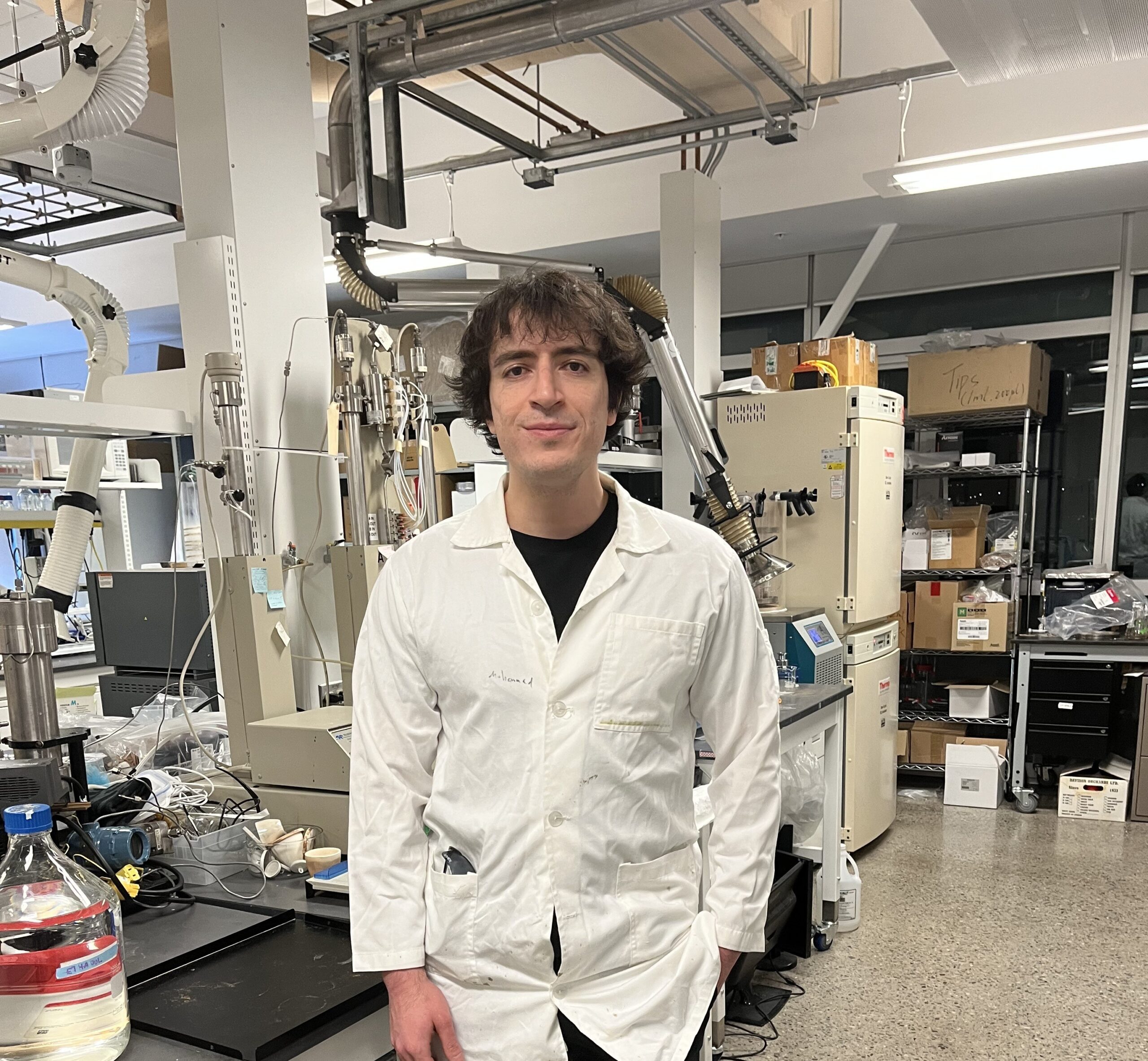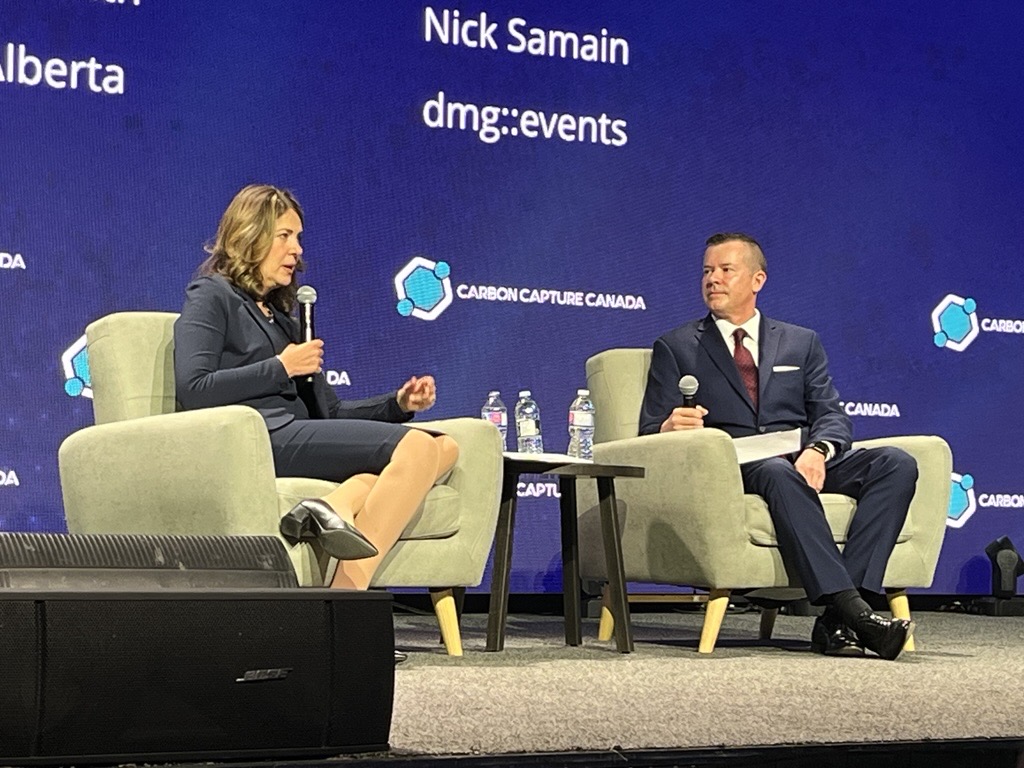Wood chips and wheat straw – how biomass is being tested to recover oil sands
November 20, 2025

Mohammad Alikarami enjoyed competing from a young age. But rather than fields or arenas, Alikarami shone in the laboratory.
“I competed in a lot of science olympiads and competitions as a youngster. Science was something that came naturally to me and I came from a culture of wanting to win,” says Alikarami, who holds an undergraduate degree in chemical engineering and a master’s degree in chemistry. “From that passion at an early age, I’ve spent my career pursuing the idea that chemistry can be a force for climate innovations.”
His skill in the laboratory along with a competitive streak has helped Alikarami, the CEO of BioOilSolv, develop a promising plant-based solvent to challenge more traditional carbon-intensive incumbents in oil sands production.
BioOilSolv has created a solvent derived from biomass, using waste materials from the agriculture and forestry industries. The company received a $4.3 million grant from Emissions Reduction Alberta in July 2025 to scale up their production and test their solvent in Steam Assisted Gravity Drainage (SAGD) oil sands operations.
During SAGD operations, steam is injected into underground bitumen deposits deep below the surface, heating the bitumen so it becomes less thick and can be pumped to the surface for processing. Generating that steam creates greenhouse gas emissions.
In the past decade, some SAGD producers have used solvents to reduce steam use for each barrel of oil produced. Solvents improve oil flow by dilution, which lessens the need for heat from steam. But current solvents are petroleum-based.
Enter Alikarami and his biomass-based alternative.
“I had planned to join the petrochemical industry after my master’s at the University of Victoria,” Alikarami says. “But when I discovered a PhD research program at the University of Calgary focused on decarbonizing oil and gas production, it felt like a chance to make a real impact. That project became the foundation for the technology we are now commercializing at BioOilSolv.”
While the focus of his research in graduate school was creating an alternative solvent, Alikarami says the technology had to make sense for oil sands producers.
“Producers began using solvent-based technologies 15 to 20 years ago. It takes time to prove technologies can work in production in the industry. It doesn’t matter how good your product is in a lab – it has to be able to work for them, meaning it’s able to help them produce oil reliably and cost-effectively,” says Alikarami.
Alikarami credited Pathways Alliance with providing crucial support in introducing his technology to producers.
“It was very helpful to have Pathways work with us to discuss the potential environmental and economic benefits of our solvent so we could have the right message when we spoke with producers. We got meetings with the right people much faster thanks to their introduction,” he says. “Pathways also wound up funding a technical assessment that helped strengthen the case for our technology.”
BioOilSolv is now working with Pathways member Imperial to validate the technology.
“Imperial plans to test our solvent at a research and development facility in Calgary, which is a very generous in-kind contribution,” he says. “Validating the technology will help support scaling it up.”
The grant from Emissions Reduction Alberta will help BioOilSolv build a pilot-scale facility that can produce five tonnes of solvent per day as well as conduct a field trial of injecting its solvent at a 1,000-barrel-per-day operation.
The grant was funded through Alberta’s Technology Innovation Emissions Reduction Fund. Pathways Alliance member companies provide payments to that fund through the province’s carbon pricing and emissions trading system.
“Alberta has everything needed to lead in innovation: world-class expertise in energy systems, a strong industrial base, and an entrepreneurial culture that embraces change,” he says. “Our goal is to show that solutions developed here can set the standard globally. If we can prove that renewable chemistry works in Alberta’s toughest sector, it can work anywhere.”

